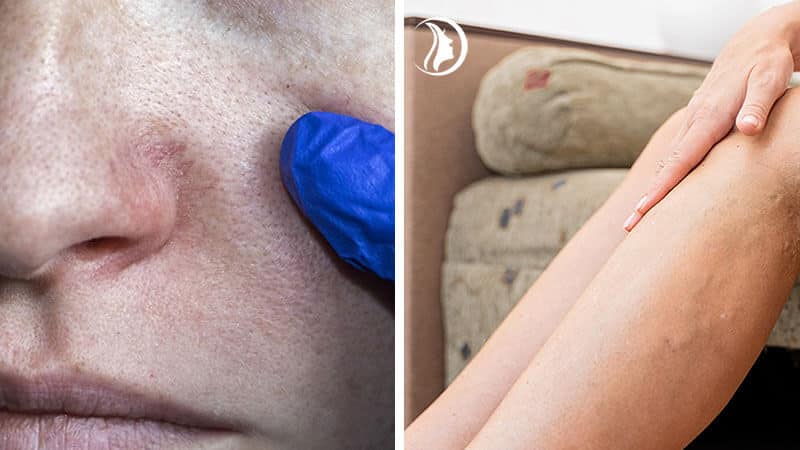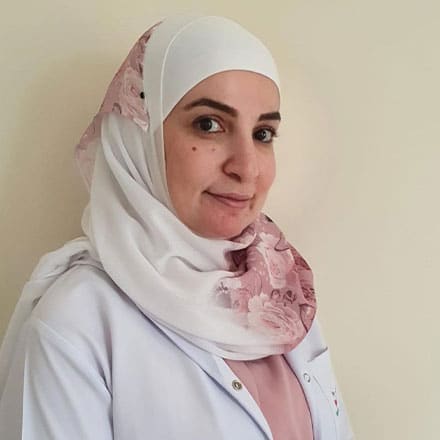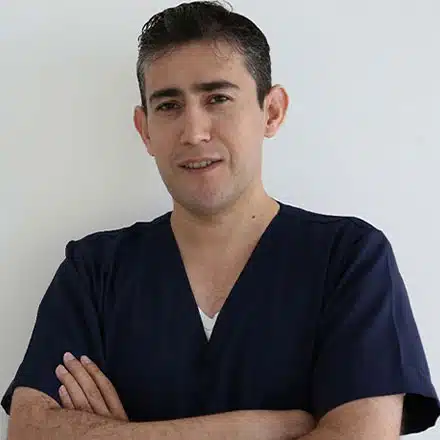- Tiny red threads on the nose and/or cheek area
- Large bluish veins around temples, eye area or the nasolabial fold or “smile lines”
Treatment of face veins will depend on the diameter and location; each case is individually evaluated and then either sclerotherapy or laser facial therapy can be performed. Large blue veins respond very well to sclerotherapy. Advances in sclerotherapy such as better magnification, polarizing lenses and tinier needles allows the injection of even the smaller facial veins with very little trauma to the surrounding tissues. Any leftover small red veins will be treated with laser therapy.
Varicose Veins and Spider Veins
Varicose veins are twisted, bulging blue blood vessels that can be seen and felt right under the surface of the skin.
-
- They can cause a feeling of heaviness, discomfort or swelling in the legs.
- They can lead to more serious health conditions such as non-healing sores and/or blood clots.
- Treatment may be necessary to prevent varicose veins from worsening and to improve how the legs look and feel.
Spider veins appear as tiny red or blue lines, usually less than 1 mm in diameter, that look like branches or a spider web just below the surface of your skin.
-
- They’re almost always painless, do not cause leg swelling and generally do not lead to other health problems.
- While someone can have both varicose veins and spider veins, it’s important to point out that spider veins do not always turn into varicose veins.
- Treatment of spider veins alone is usually considered cosmetic.
When to See a Doctor
It’s always a good idea to talk to a health care professional about any medical concerns or conditions you may have.
But it’s definitely time to talk to your doctor or nurse if you are experiencing any pain, discomfort, have noticed changes to varicose or spider veins, or if:
- The vein has become swollen, red, very tender or warm to the touch, which can be a sign of a blood clot.
- You have sores or a rash on your leg or near your ankle.
- The skin on your ankle or calf changes color.
- One of the varicose veins begins to bleed.
- Your symptoms keep you from doing daily activities.



